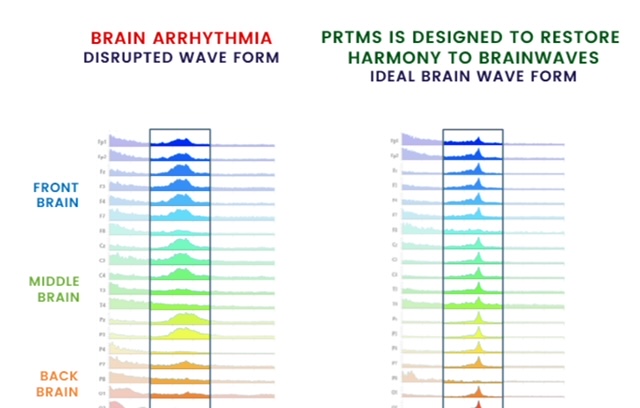Introduction:Pulsed repetitive transcranial magnetic stimulation (PrTMS) is emerging as a novel therapeutic approach for Autism Spectrum Disorder (ASD). This article delves into the current understanding of PrTMS therapy and its potential impact on individuals with ASD.Understanding PrTMS:PrTMS involves the application of magnetic pulses to specific regions of the brain, modulating neural activity. In the context of autism, researchers are exploring how this non-invasive technique might influence neural connectivity and alleviate symptoms associated with the disorder.Research Findings:Preliminary studies suggest that PrTMS may have a positive impact on certain aspects of ASD, such as social communication, repetitive behaviors, and sensory sensitivities. However, the research is still in its early stages, and more comprehensive studies are needed to establish the efficacy and safety of PrTMS for individuals with autism.Mechanism of Action:The underlying mechanism through which PrTMS exerts its effects on ASD is not fully understood. Some researchers propose that it might modulate aberrant neural circuitry associated with autism, while others suggest changes in neurotransmitter release. Further investigation is crucial to unravel the precise mechanisms involved.Future Directions:As research on PrTMS therapy for autism progresses, it opens avenues for personalized treatment approaches. Future studies should focus on refining protocols, identifying biomarkers for treatment response, and addressing the broader spectrum of ASD symptoms.Conclusion:PrTMS therapy holds potential as a novel intervention for Autism Spectrum Disorder. As the field advances, PrTMS may contribute to a more comprehensive and tailored approach to addressing the complex challenges associated with autism.

